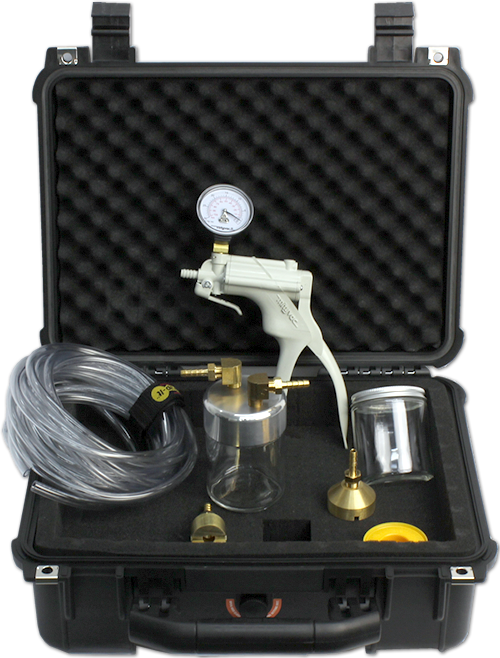
RFS has a complete line of ancillary products to support your fuel storage requirements. With products such as spill kits, sampling kits, and state of the art fuel additives, we provide a solution for any situation that may arise while keeping you in full compliance with all applicable fuel storage regulations.
Contact us today find more about these fuel storage products.
ABOUT Fuel Sampling Kit
How do you really know what is in your fuel tank? With the RFS Fuel Sampling Kit you can visually analyze your fuel for contaminants such as sludge and water. Fuel deterioration occurs naturally over time and is greatly influenced by weather and other environmental factors. Water builds up in the tank through condensation and transportation. The presence of water leads to bacterial colonization and fungal growth, along with clouding and gel formation. Only through sampling your fuel can you know when these conditions exist and take corrective action to keep your diesel equipment running smoothly, cleanly, and in compliance with manufacturer’s warranty requirements.
Instructions for Using the Fuel Sampling Kit
- Inspect tank to find openings through which to draw a fuel sample.
- Remove cap(s) from tank opening and verify you see fuel.
- Choose the appropriate size sinker and lower the sinker into the tank until it touches the bottom of the tank.
- Use a piece of tape to mark the clear tubing at the top of the opening to “benchmark” the bottom of the tank.
- Use the vacuum pump to pull a bottom sample.IMPORTANT: DO NOT OVER FILL THE JAR AND MAKE SURE NOT TO SIPHON FUEL INTO THE PUMP ITSELF! THIS IS VERY IMPORTANT!
- To determine the thickness of the contamination barrier at the bottom of the tank, pull up on the clear tubing in 1-inch increments, continually sampling until you see pristine fuel.
- Measure the distance from the “benchmark” tape to the top of the tank opening to determine the thickness of the contamination barrier.
- Fuel samples should be pulled from the bottom, middle and top of the tank.

